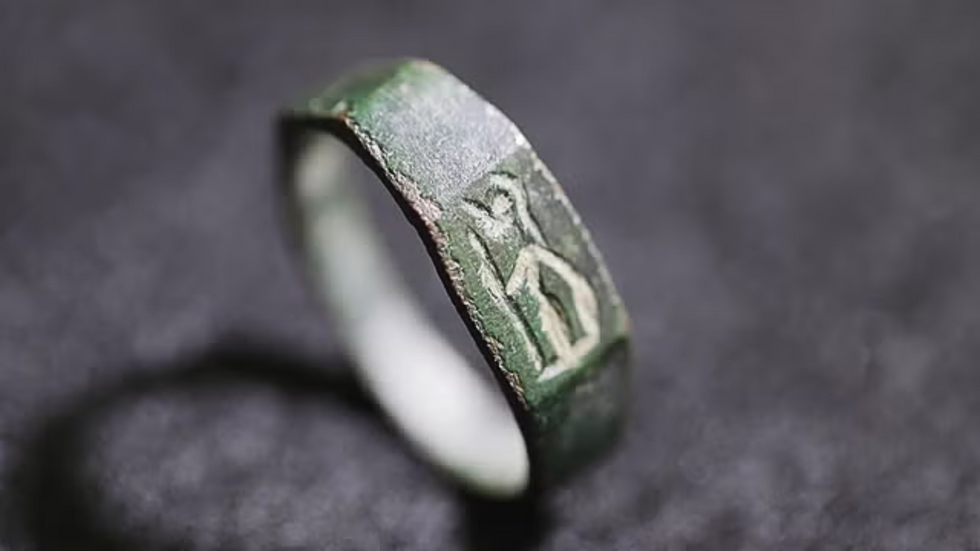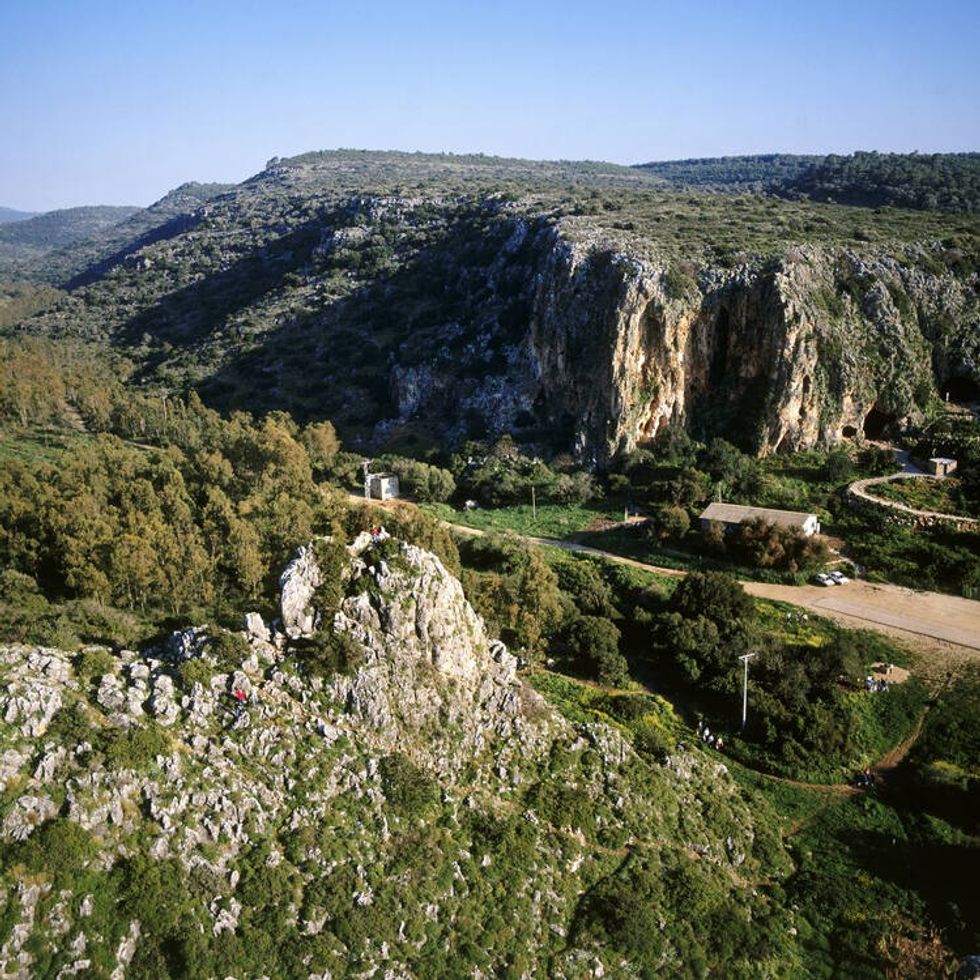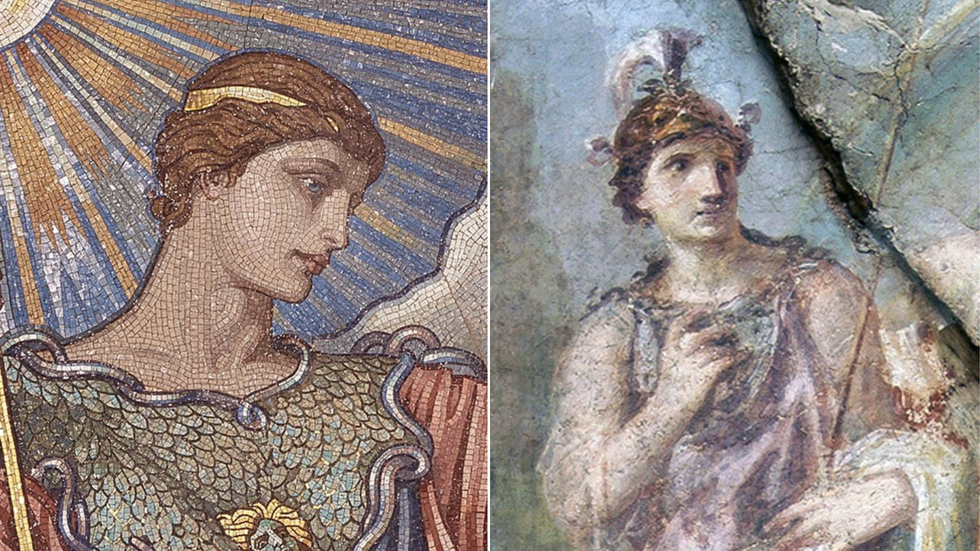Teenager left stunned after unearthing 1,800-year-old ring depicting Roman goddess

'I thought about melting it down, but fortunately, I realised it was a ring,' the teenage amateur archaeologist said
Don't Miss
Most Read
A 13-year-old boy has discovered a nearly two-millennium-old Roman ring while out hiking.
The bronze artefact, dating back to the 2nd or 3rd century AD, features an engraving of the goddess Minerva.
Yair Whitson found the small green object during his trek near Haifa in northern Israel - once part of the Province of Syria Palaestina under the Roman Empire.
Experts have confirmed the ring's historical significance after the teenager reported his discovery.

The millennia-old bronze artefact features an engraving of the goddess Minerva
|IAA
"During the walk, I noticed a small green object and picked it up. It had corrosion on it, so at first I thought it was a screw nut.
"I thought about melting it down, but fortunately, I realised it was a ring," Whitson said.
"At home, I recognised that it had a figure on it. At first glance, I thought it was a warrior," the 13-year-old explained.
Whitson and his family promptly contacted the Israel Antiquities Authority (IAA) for further analysis.
MORE ROMAN DISCOVERIES:

The ring was found on a hill at the centre of Mount Carmel, which also features a Roman-era mansion near an ancient rock quarry
|UNESCO
Experts from the IAA revealed that the ring depicts a naked figure wearing a helmet, holding a spear and shield.
"Yair's identification of the figure as a warrior is very close to reality. The figure is apparently the goddess Minerva from Roman mythology, who is also known as Athena in Greek mythology," the authority's Nir Distelfeld said.
Minerva was revered as the Roman goddess of wisdom, war, and military strategy, representing strategic warfare rather than violence.
Recent research indicates she was worshipped both publicly and privately by individuals.
LATEST ARCHAEOLOGY NEWS:

Minerva was revered as the Roman goddess of wisdom, war, and military strategy
|WIKIMEDIA COMMONS
While the exact owner of the ancient ring remains unknown, archaeologists suspect it belonged to someone from the nearby Khirbet Shalala archaeological site.
The site is situated on a hill at the centre of Mount Carmel, which also features a Roman-era mansion near an ancient rock quarry.
"Another possibility is that it belonged to a worker in the quarry, or perhaps it was used as a burial offering in nearby tombs. The possibilities are many," researchers noted.
IAA director Eli Escozido praised the teenager for his responsible handling of the discovery.
"Yair's admirable act, who immediately reported the discovery and handed the ring over to the State Treasures, demonstrates responsibility and respect for our past," Escozido said.











